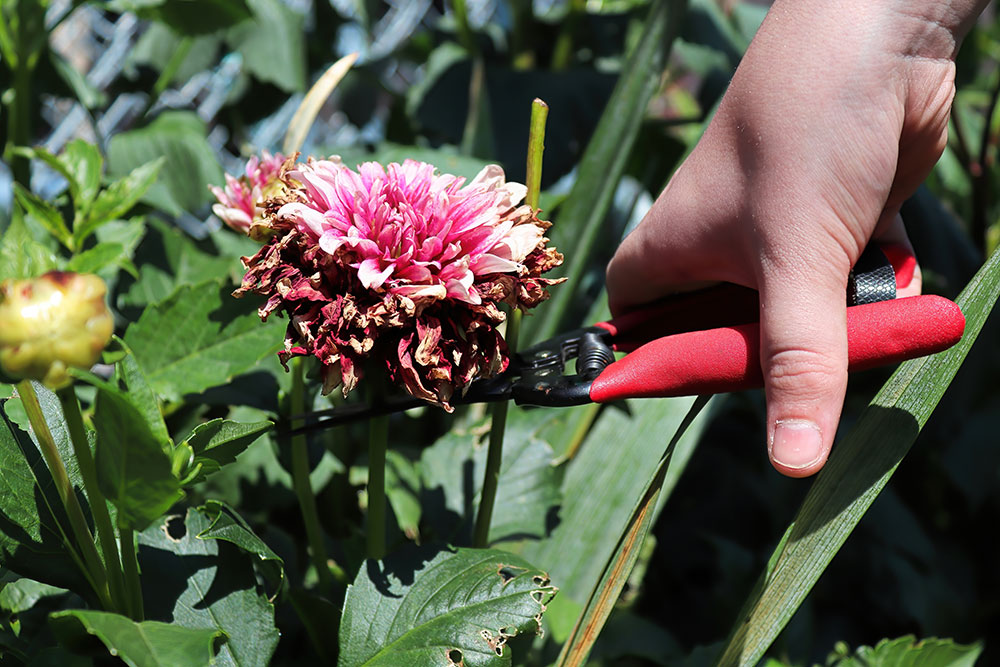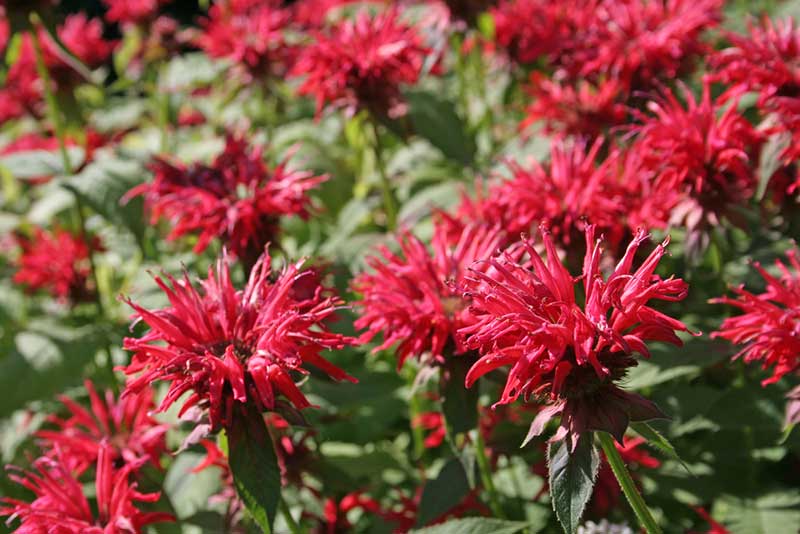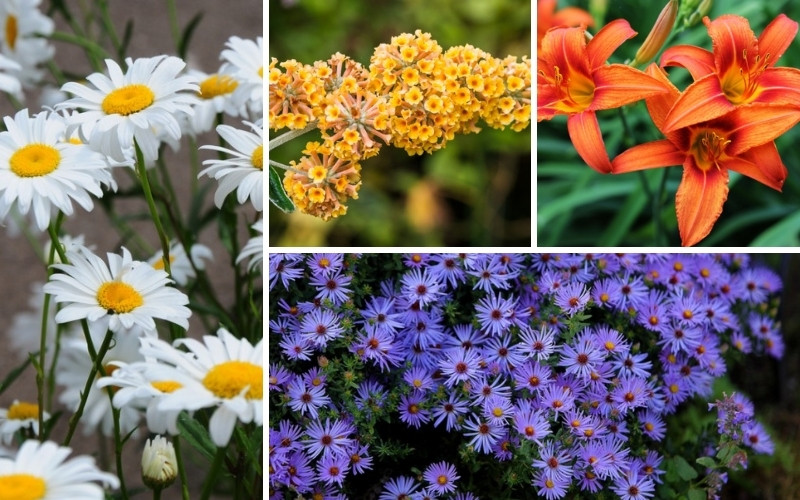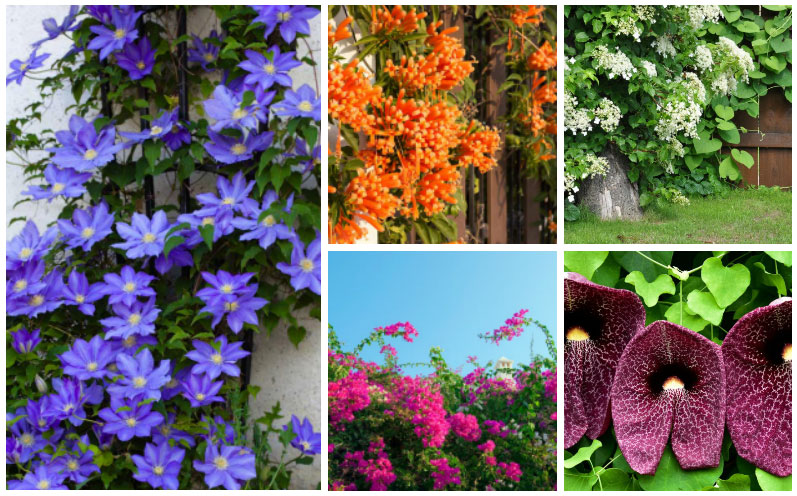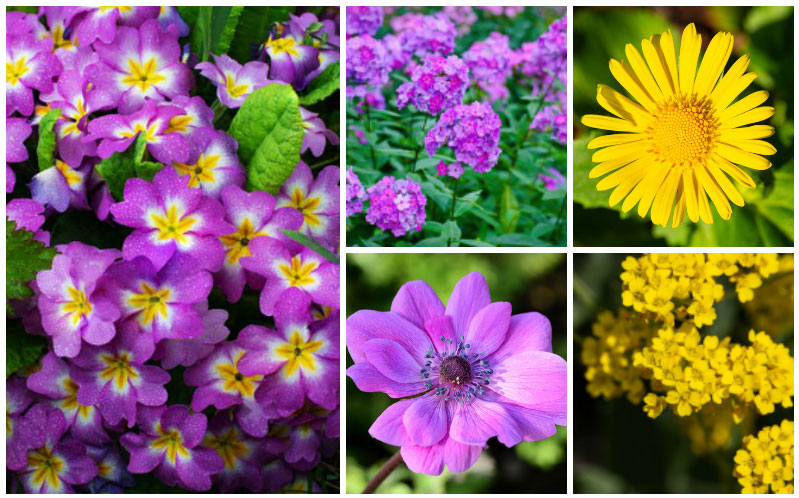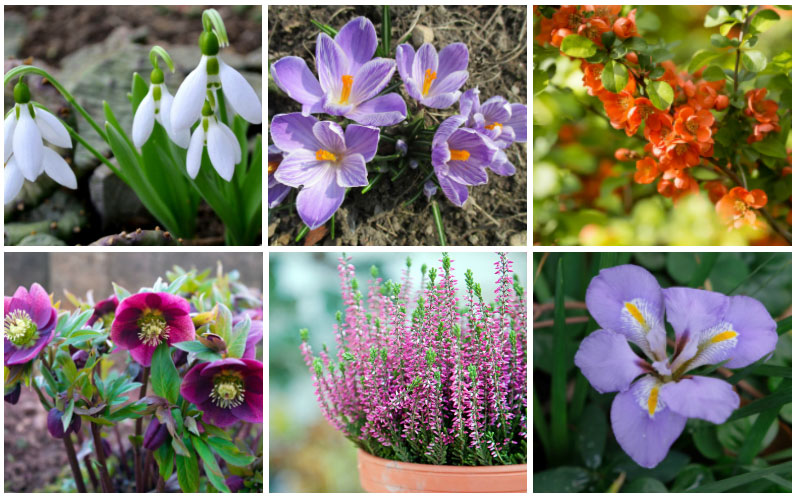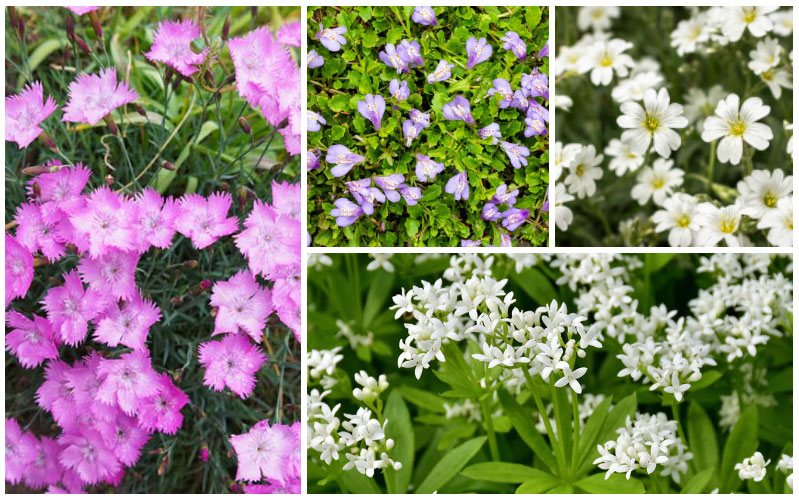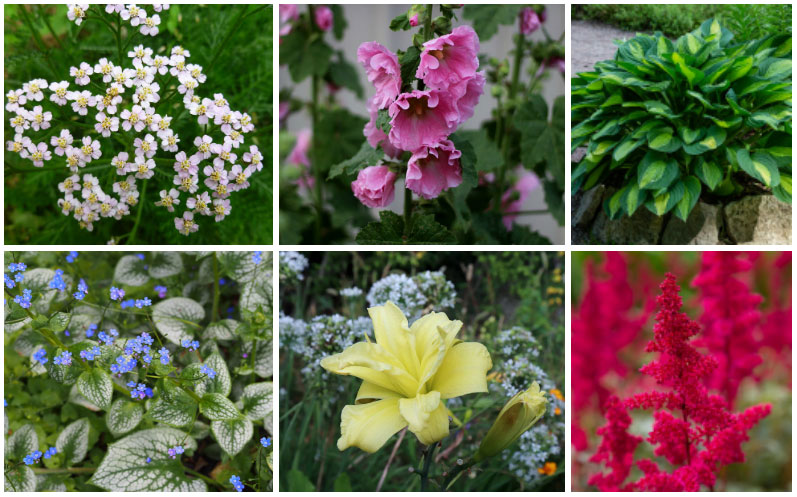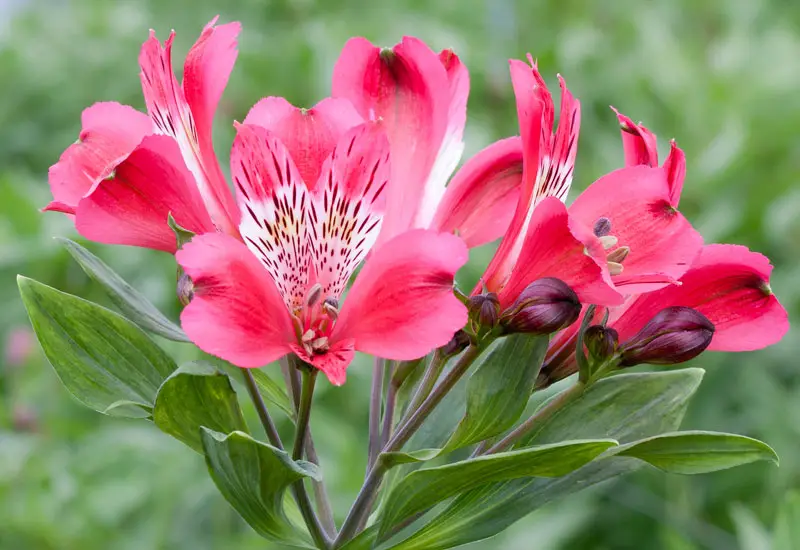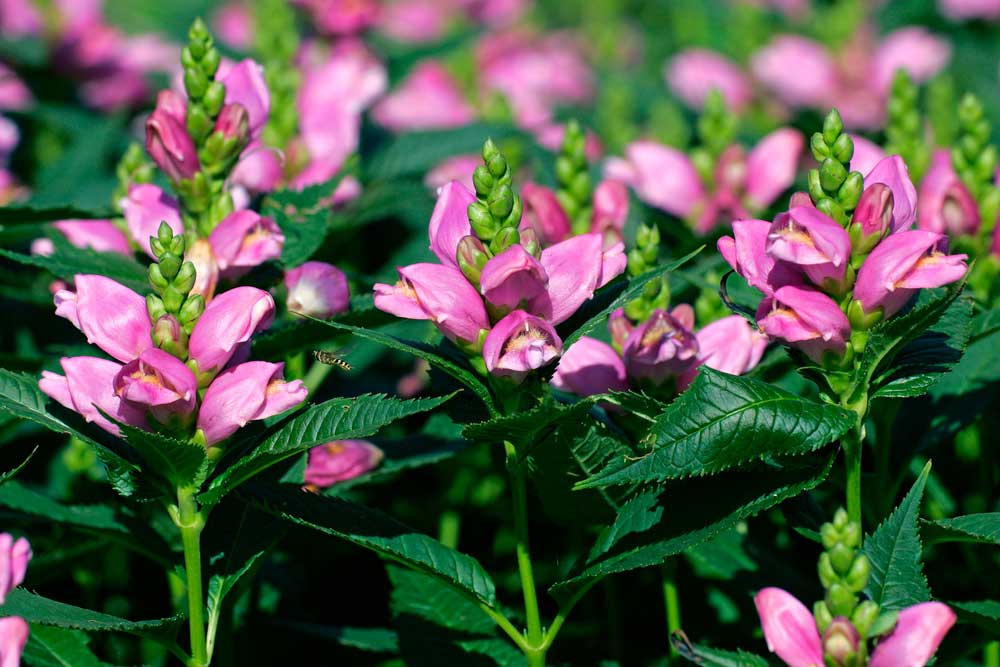
Planting season doesn’t have to end when the calendar flips to November.
In fact, for many gardeners, late fall is one of the best times to tuck new perennials into the ground.
The key is knowing your USDA hardiness zone.
In warmer zones (7–11), soil stays warm longer, giving roots plenty of time to settle in before winter.
Even in cooler zones (3–6), you can still plant if your ground hasn’t frozen yet, you’ll just want to choose hardy varieties and add a cozy layer of mulch for protection.
Fall planting allows perennials to focus their energy on strong root growth, leading to healthier, fuller plants when spring arrives.
Here are 14 perennials you can still plant in November to enjoy beautiful blooms and reliable color next year.
1. Black-Eyed Susan (Rudbeckia)
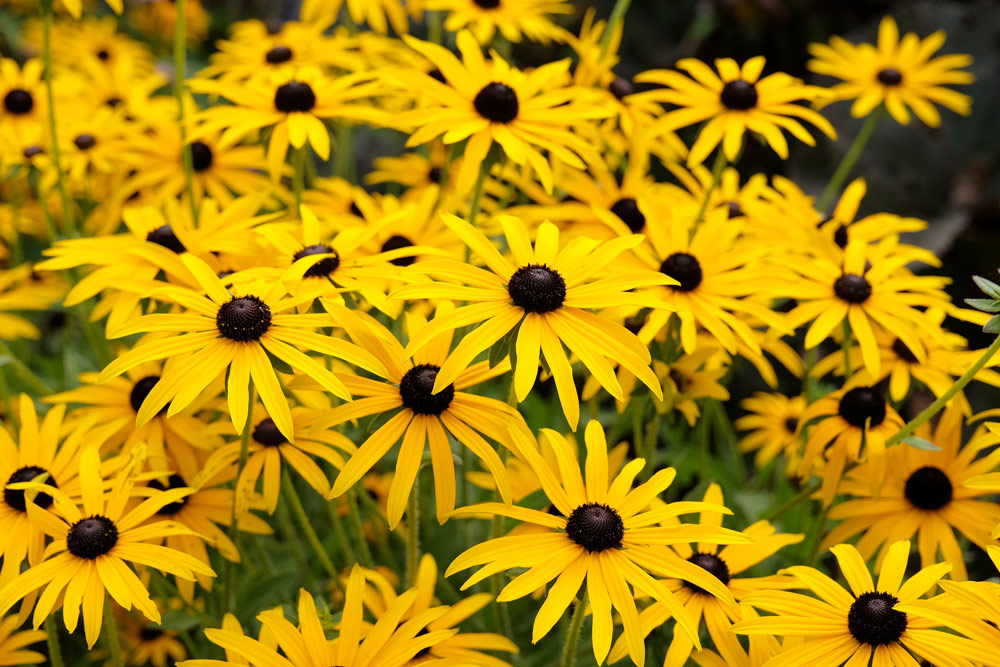
USDA Zones: 3 to 9
Black-Eyed Susans are tough, cheerful flowers that thrive in many climates. Planting in November helps the roots strengthen before spring. They prefer full sun and will reward you with bright yellow blooms that attract butterflies and bees. Once established, they need little care and come back reliably year after year.
2. Coneflower (Echinacea)
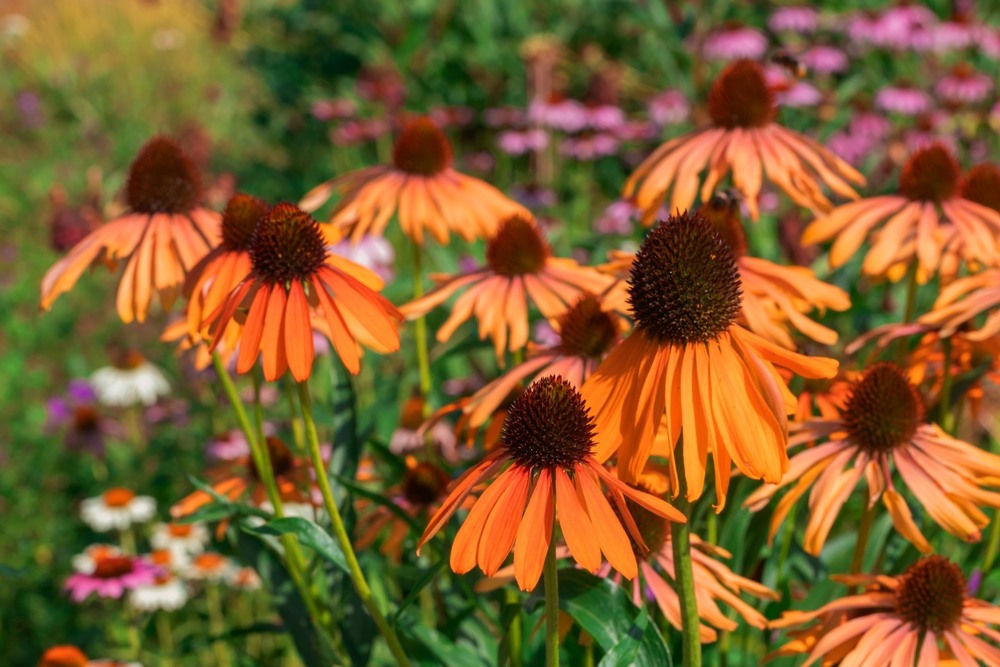
USDA Zones: 3 to 9
Coneflowers are a pollinator favorite. Fall planting encourages deep root growth that leads to more blooms in summer. They handle heat, drought, and lean soil well. Choose full sun and avoid heavy, waterlogged soil. Their seed heads also feed birds through winter.
3. Daylilies (Hemerocallis)
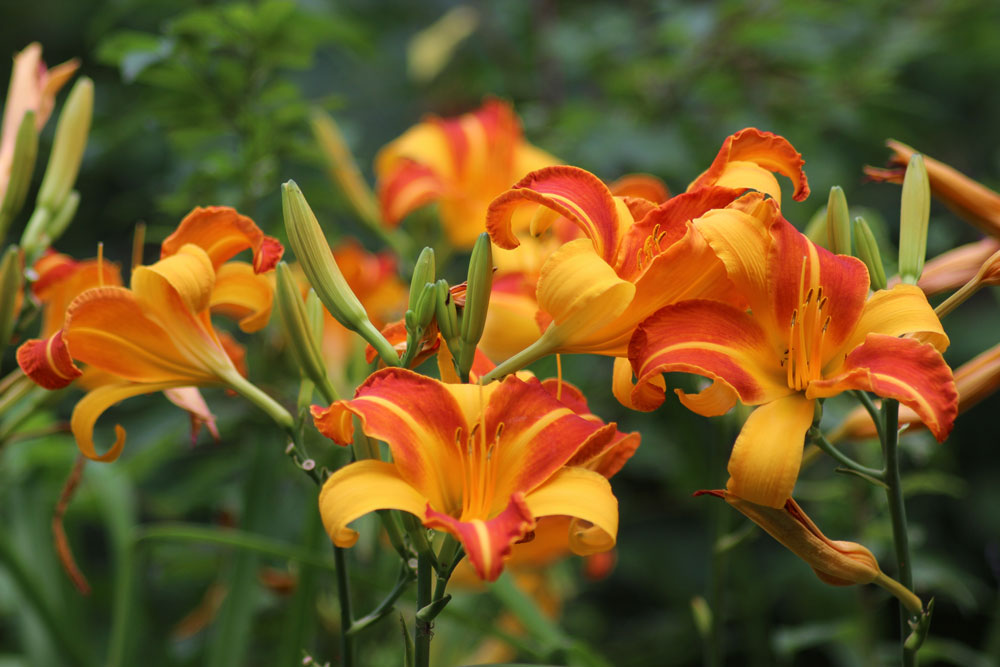
USDA Zones: 3 to 10
Daylilies are hardy, easygoing, and perfect for late-season planting. Fall allows their roots to settle before dormancy. They tolerate a wide range of soils and offer blooms in many colors. Even though each flower lasts a day, established clumps bloom for weeks.
4. Shasta Daisy (Leucanthemum)

USDA Zones: 4 to 9
Shasta Daisies bring classic white blooms to summer gardens. Planting in cool weather helps them avoid transplant stress. Choose a sunny area with well-draining soil. Once settled, they spread gently and return each year with little fuss.
5. Garden Phlox (Phlox paniculata)
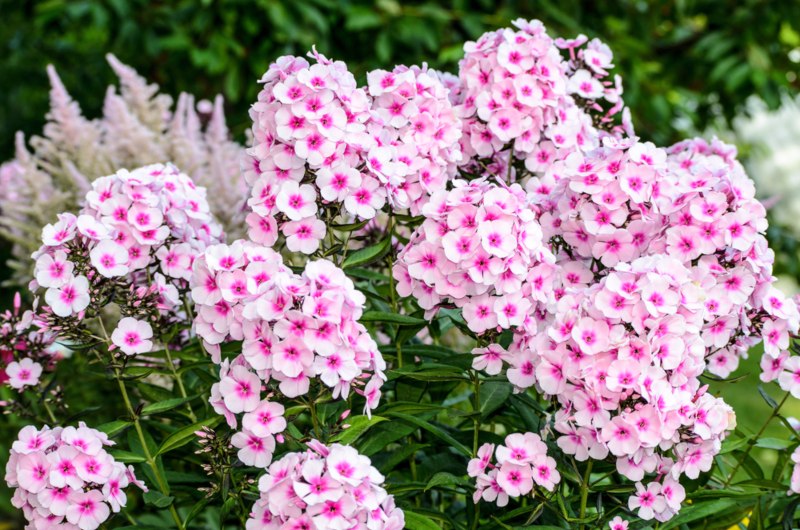
USDA Zones: 4 to 8
Garden Phlox adds height and soft color to borders. Fall planting supports root growth and strong stems. It likes consistent moisture but also needs airflow to prevent mildew. Its clusters of blooms attract butterflies and hummingbirds.
6. Yarrow (Achillea)
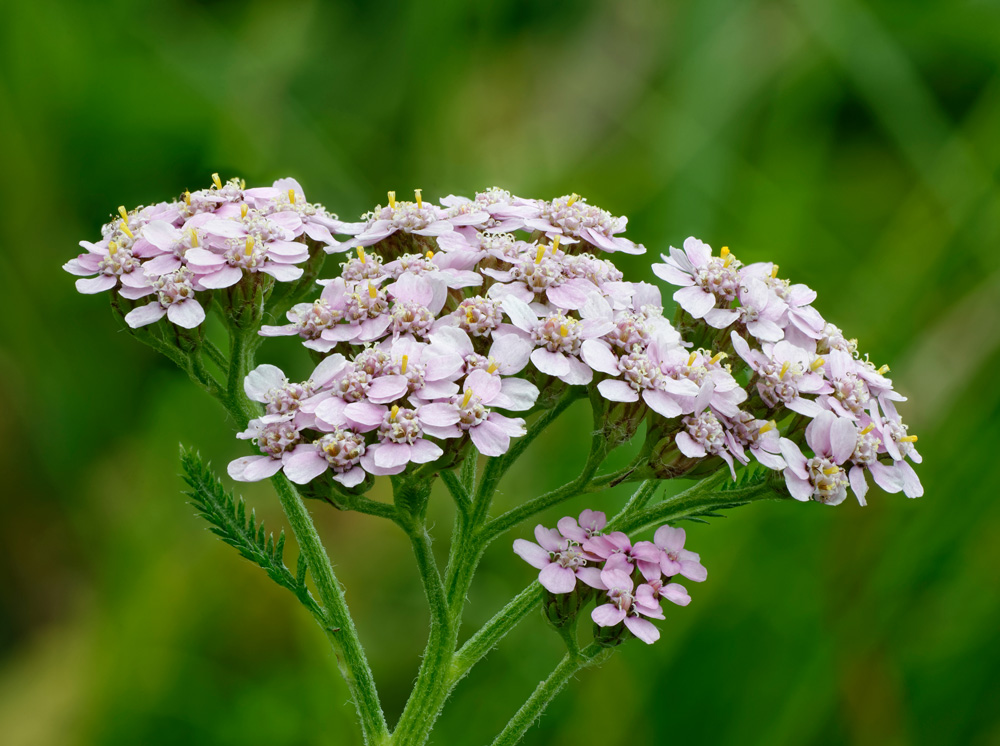
USDA Zones: 3 to 9
Yarrow thrives in poor soil and dry conditions. Fall planting lets it root gently without summer heat stress. It offers ferny foliage and long-lasting flower heads. It spreads slowly, making it ideal for natural or meadow-like gardens.
Best Perennials for Warmer Zones (6 to 11)
7. Salvia (Perennial Types)

USDA Zones: 6 to 11
Perennial Salvias bloom for long stretches and are loved by hummingbirds. Fall planting gives roots time to grow before hot weather returns. They prefer full sun and well-draining soil. Once established, they need very little water.
8. Coreopsis
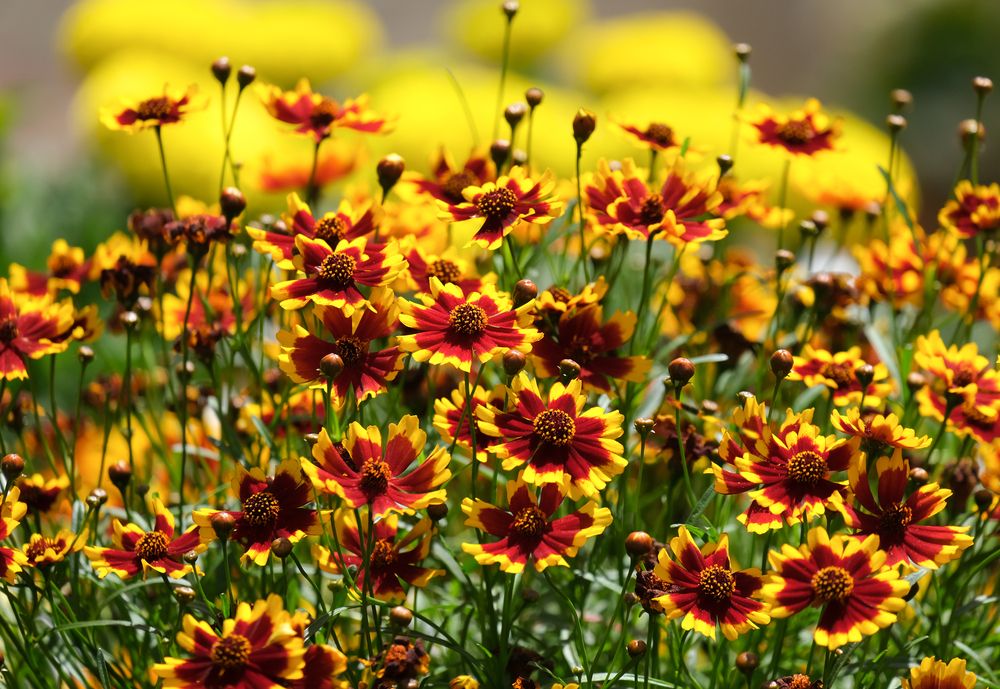
USDA Zones: 4 to 10
Coreopsis brings bright, daisy-like blooms that glow in sunlight. It handles heat beautifully and thrives in warm regions. Fall planting encourages strong growth for next season. Once established, it needs very little care.
9. Gaillardia (Blanket Flower)
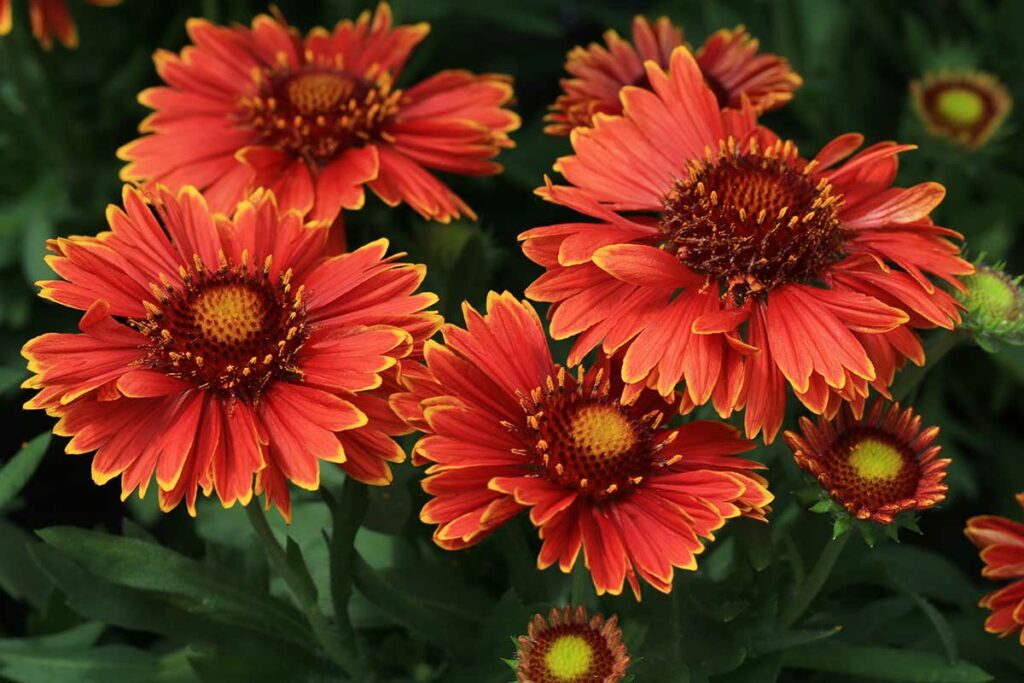
USDA Zones: 3 to 10 (Best in 6 to 10 for fall planting)
Gaillardia loves heat, sun, and dry conditions. Fall planting helps it root deeply before summer arrives. Its sunset-colored blooms add a playful look to garden beds. It rarely needs fertilizer and is ideal for easygoing landscapes.
10. Lavender
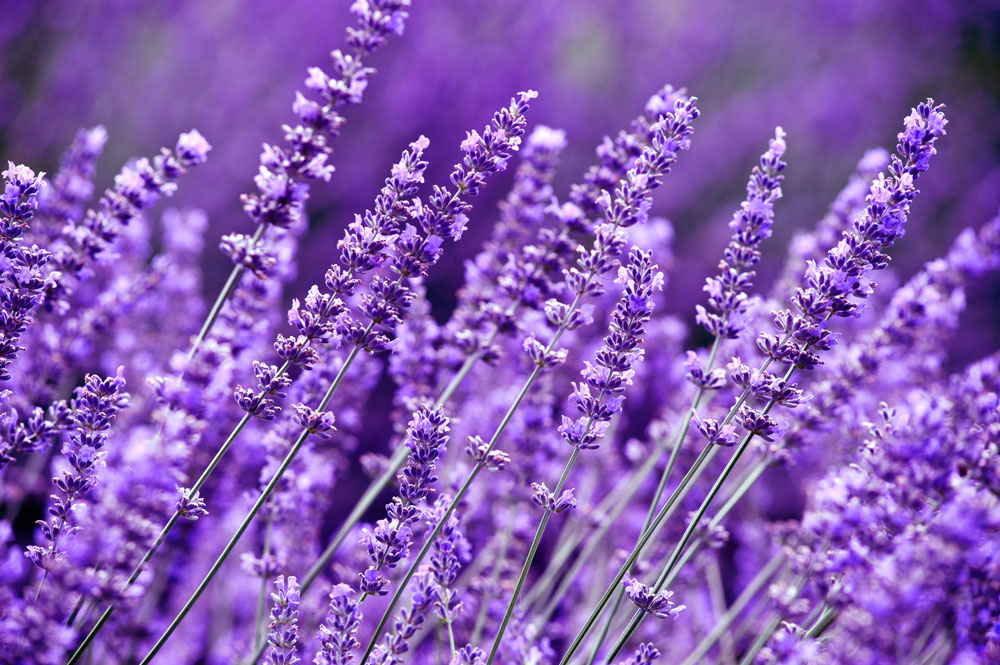
USDA Zones: 5 to 9 for English types; 7 to 11 for Spanish types
Lavender thrives when planted as the air cools and the soil is still workable. It requires excellent drainage and full sun. Once established, lavender is drought-tolerant and always buzzing with bees. The fragrant foliage looks beautiful year-round.
Best Perennials for Colder Zones (3 to 6)
11. Sedum (Stonecrop)
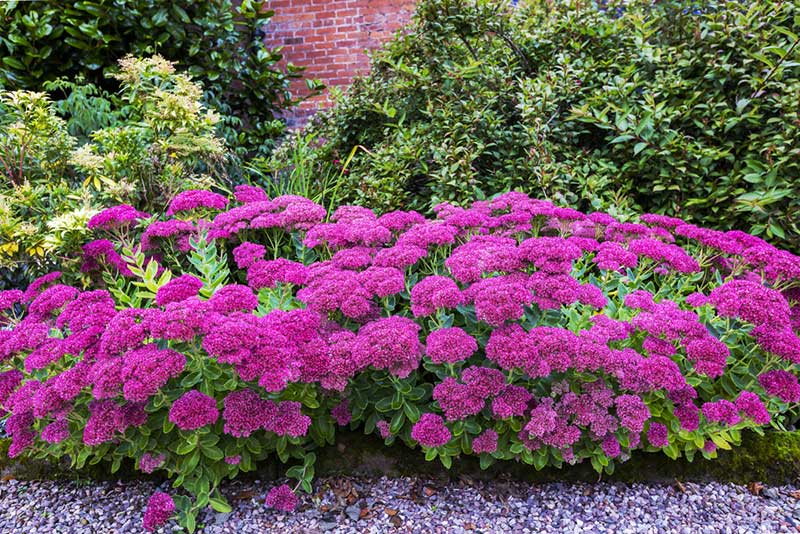
USDA Zones: 3 to 9
Sedum is nearly foolproof and handles cold, heat, and poor soil. Fall planting encourages strong root formation. Sedum provides structure in winter and supports bees and butterflies. Perfect for rock gardens, borders, and sunny slopes.
12. Bleeding Heart (Dicentra)
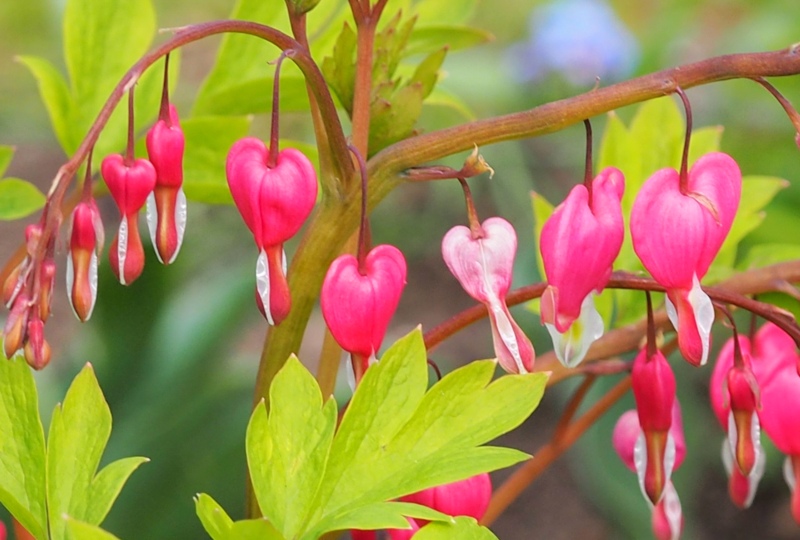
USDA Zones: 3 to 9
Bleeding Heart thrives when planted in fall because it can settle in before going dormant. In spring, it adds charm with heart-shaped blooms and arching stems. It prefers shade or morning sun and moist, cool soil.
13. Aster
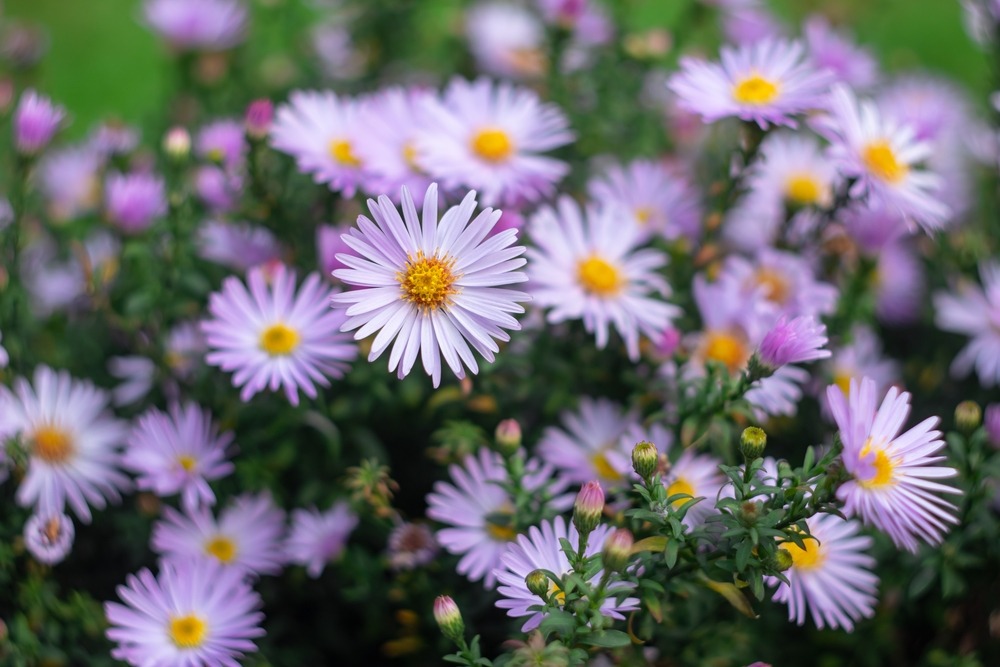
USDA Zones: 3 to 8
Asters are one of the last flowers to bloom before winter, providing a valuable nectar source when little else is available. Planting them in November gives the roots time to settle quietly until spring.
They prefer full sun and well-draining soil. Once established, asters return reliably and spread slowly, adding soft color and movement to late-season garden beds.
14. Turtlehead (Chelone)

USDA Zones: 3 to 8
Turtlehead is a hardy perennial that loves cool temperatures and moist soil, making it a great fit for shaded or woodland-style gardens. Planting in fall allows the roots to develop without the stress of summer heat.
In late summer, it produces snapdragon-like blooms that attract butterflies. It’s a wonderful structural plant that adds height and texture to softer plantings.
Quick Planting Tips for November
- Plant only if the ground is not frozen.
- Water deeply after planting to help roots settle.
- Add 2 to 3 inches of mulch, especially in zones 3 to 6.
- Do not fertilize now. Wait until spring.
- Mark your planting spots so you remember where dormant plants are.


